Minnegram is a quarterly publication of the University of Minnesota Water Resources Center and is sponsored by the University of Minnesota College of Food, Agricultural and Natural Resource Science, University of Minnesota Extension, the USGS-USDI National Institutes for Water Resources, and the Agricultural Experiment Station.
Recent Minnegram News
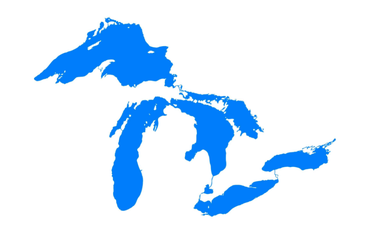
University of Minnesota consortium receives inaugural NSF Regional Innovation Engines award
WRC director Jeff Peterson is a member of the ReNEW leadership group, and in that capacity he will help shape the direction of the engine’s activities as well as the University of Minnesota’s involvement.
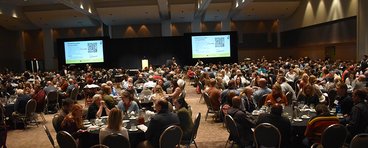
Minnegram: special MN Water Resources Conference Edition
The 2023 Minnesota Water Resources Conference returned to the St. Paul RiverCentre October 17-18, with attendance numbers approaching pre-pandemic levels, nearing 900. Attendees had over 100 breakout presentations to choose from, as well as in-depth plenary sessions, covering the health of the Mississippi River watershed, leadership discussion of the future of Minnesota’s drinking water, and a fusion of engineering and art as a vision and tool for future water resource planning.
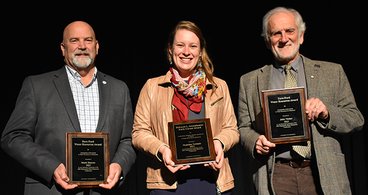
2023 MN Water Resources Conference awards
This year's Minnesota Water Resources Conference awards recipients include Mark Doneux, Madeline Nyblade, Anu Wille and Hannaan Shire.
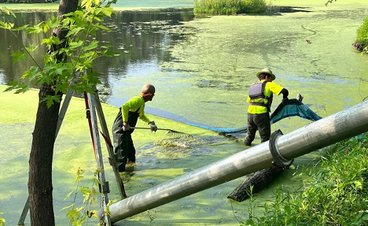
Preventing, minimizing, and mitigating the impacts of urban stormwater on Minnesota’s water
Stormwater runoff from our communities - from streets, driveways, parking lots, and rooftops - often negatively impacts lakes, rivers, streams, wetlands and sometimes, shallow groundwater resources.
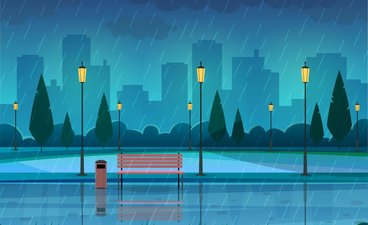
Solutions to Urban Stormwater Runoff
Stormwater runoff from our communities’ streets, driveways, parking lots, and rooftops can degrade the quality of our lakes, rivers, streams, wetlands and sometimes, shallow groundwater resources. Urban, suburban, and agricultural stormwater runoff carries pollutants such as nutrients, pathogens, and sediment. When the amount (volume) and speed (rate) of runoff increases, such as during and after storms, outcomes can include localized and downstream flooding.
